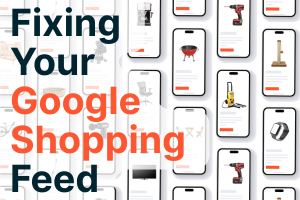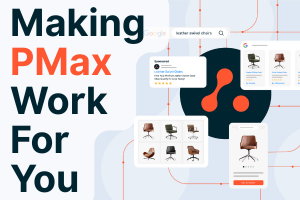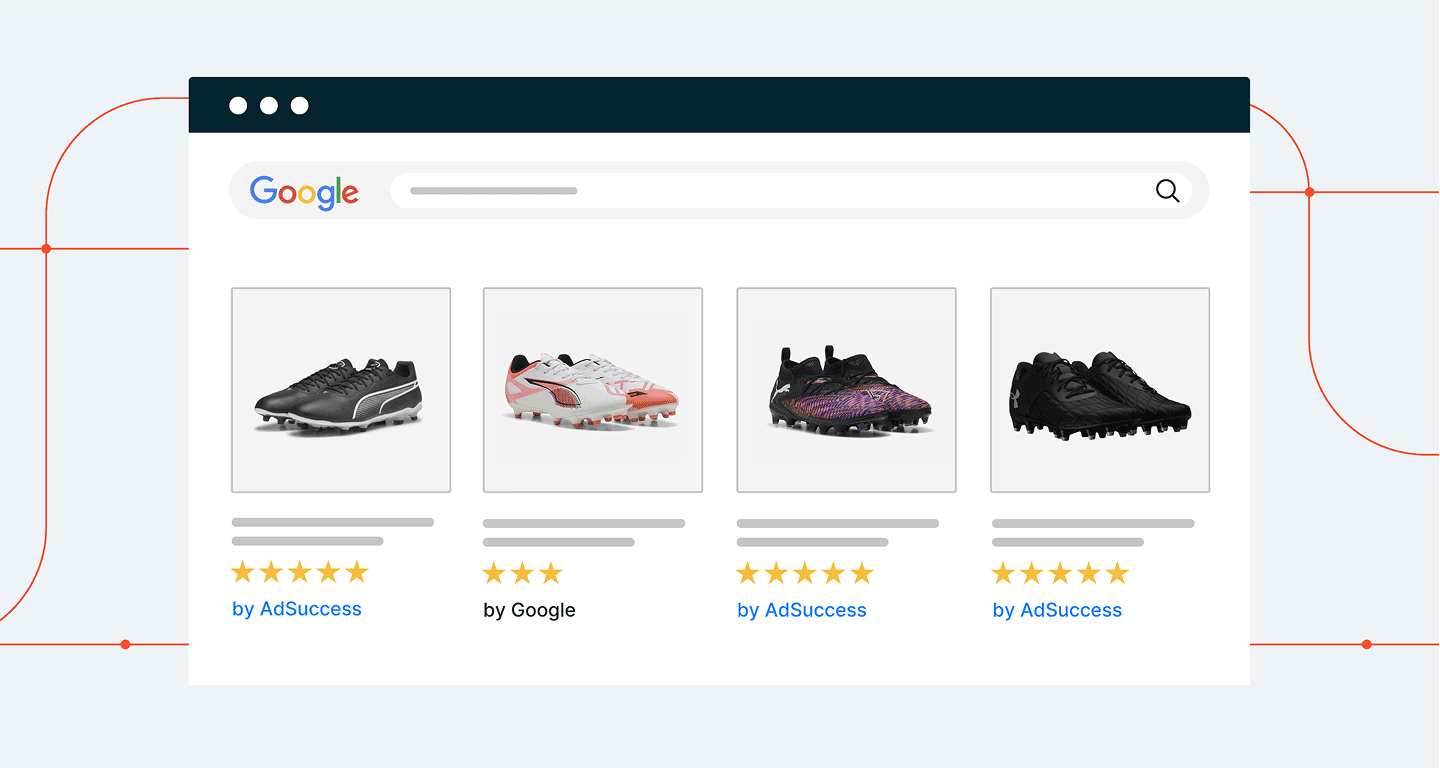
How Hidden Catalogue Mistakes Drain Google Ads Profit
Introduction
In Google Shopping, your product feed is your ad.
It doesn’t matter how clever your bidding is – if your titles, attributes, or catalogue structure aren’t right, Google won’t show your products to the right people.
One of the biggest hidden leaks we uncover in audits is feeds that look fine on the surface but quietly block thousands of SKUs from visibility.
Here are the five most common feed mistakes – and the questions every retailer should be asking.
1. Zombie SKUs
How many of your in-stock products get fewer than 10 impressions a month? If Google never sees them, they’ll never sell.
2. Weak Titles and Attributes
Are your product titles optimised with key details (size, material, colour, GTIN)? Generic or incomplete titles cripple relevance and visibility.
3. No Segmentation
Do you split products by margin, stock, or competitiveness – or is everything lumped into one giant feed? Without segmentation, budget flows to the wrong products.
4. Ignored Optional Attributes
Are optional fields like material, pattern, or energy rating being populated? Google rewards detail, yet these are often left blank.
5. Giving Up Free Shelf Space
Do you exclude products at the Shopify feed level? If so, those SKUs never reach Merchant Center — which means they’re ineligible for free Shopping listings that can add up to 10% extra traffic on top of paid ads.
Case in Point: The Invisible Catalogue
We audited one retailer with over 20,000 SKUs.
On paper, their feed looked fine. But when we pulled impression data, more than 3,500 products had never been shown in Google Shopping. Another 12,000 barely scraped 10 impressions a month.
That meant more than half their catalogue had no meaningful visibility – and no chance to generate sales.
The fix wasn’t adding budget. It was rebuilding the feed so titles were descriptive, attributes were complete, and high-margin SKUs were prioritised. Once fixed, visibility and sales expanded – all without increasing spend.
The Founder’s Checklist: Feeds
-
How many SKUs get fewer than 10 impressions a month?
-
Are product titles optimised with key details like size, material, and colour?
-
Do we segment products by margin, stock, or competitiveness?
-
Are optional attributes (GTIN, energy rating, pattern, etc.) populated?
-
Are we excluding SKUs at the feed level and losing free Shopping visibility?
Closing Note
Your feed isn’t just a technical detail – it’s the foundation of profitable Google Shopping.
By asking the right questions, you can make sure your catalogue is working for you, not against you.





